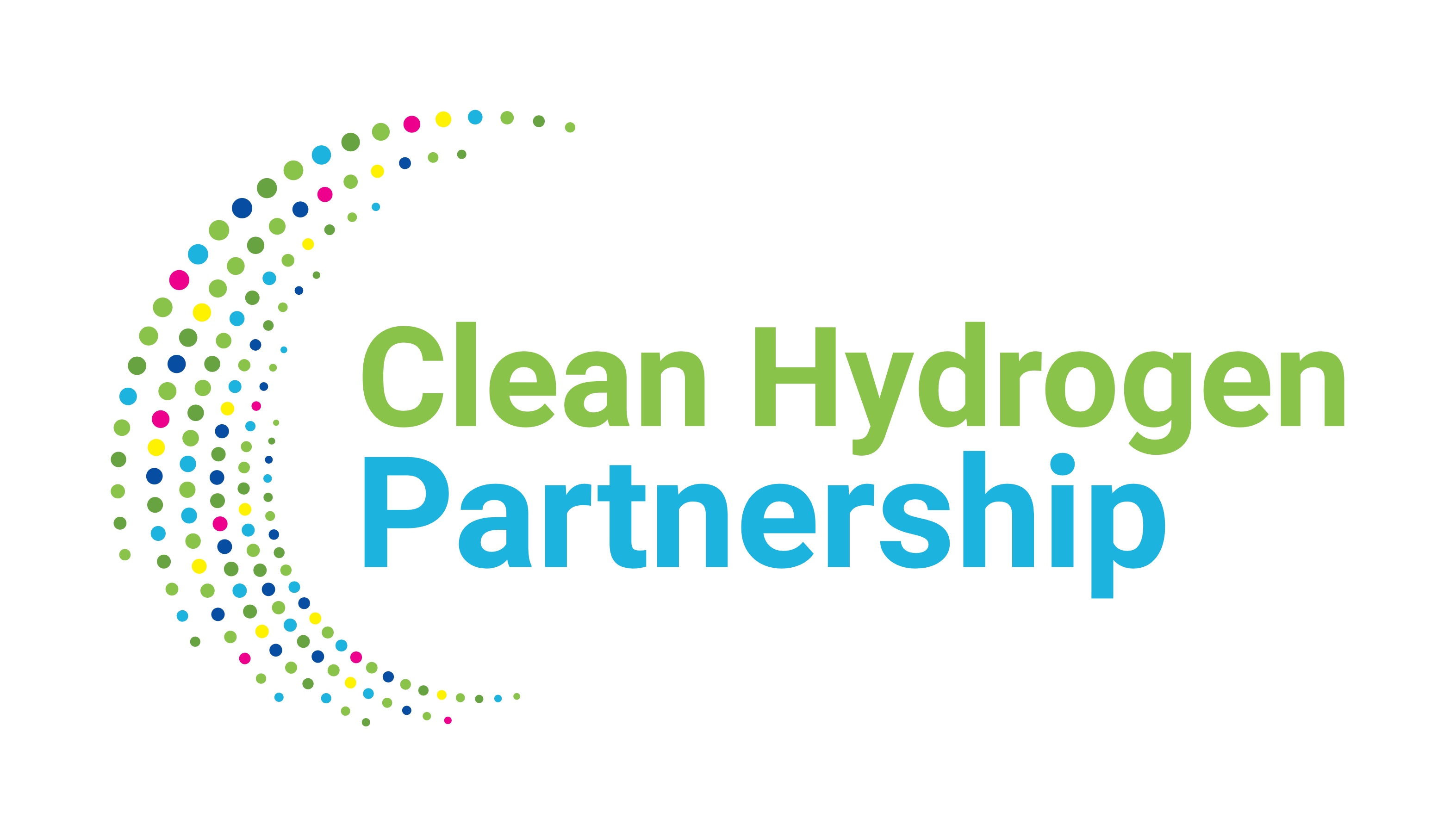Project Purpose
Learn everything about the TRIĒRĒS Project
What is a Hydrogen Valley?
A “hydrogen valley” is a geographical area – a city, an island, or an industrial complex – where various hydrogen applications are integrated into a comprehensive ecosystem, involving citizens and showcasing how the EU’s hydrogen economy operates at the local level. Hydrogen valleys contribute to achieving the goals of REPowerEU by scaling up the production and supply of renewable hydrogen to meet the growing demand from industries, transportation, and other sectors. Ideally, a Hydrogen valley should cover the entire value chain of hydrogen: production, storage, distribution, and final use. Hydrogen valleys can vary in size and scope, demonstrating flexibility in meeting local energy needs.
Part of the Clean Hydrogen Joint Undertaking
The Clean Hydrogen Joint Undertaking is a collaboration between the European Commission, Hydrogen Europe, and Hydrogen Europe Research. Its objective is to fund research and innovation projects in hydrogen technologies to accelerate the development and optimization of advanced clean hydrogen applications in the EU.
The need for a Hydrogen Hub in Greece
Following the general EU-strategy, Greece has adopted a National Plan for Energy and Climate (NPEC) in 2019, aiming to battle climate change, safeguarding energy supply and energy security, and is in preparation of the structure of its National Hydrogen Strategy in alignment with the recently adopted Climate Law, considering the REPowerEU plan. Due to its favourable weather conditions of unlimited sun and wind sources, Greece is at the top performing place amongst the other EU countries with Renewable Energy Sources projected to reach 65% of electricity production in 2030.
A critical factor for all weather and time-dependent green energy sources is availability and storage, for which the transformation of green electricity into green hydrogen has widely been accepted as a solution. The TRIĒRĒS Valley is demonstrating how the pillars of hydrogen technologies interrelate creating a harmonised hydrogen energy value chain, combating climate change in industries that have been exceedingly emitting, such as the ones of shipping/mobility, industry, and energy. The TRIĒRĒS Valley is a major hub of investment and talent, pinning the country of Greece on the Hydrogen map for the first time.
Ambitious Climate Targets
The EU has set ambitious climate targets to reduce emissions by at least 55% by 2030, compared to 1990 levels. To support these targets, a hydrogen strategy for a climate neutral Europe has been accelerated.
Decarbonisation
Decarbonisation of local, regional, and national industrial production, energy production and mobility sector.
H2 Market Development
Development of a viable market ecosystem that links competitive clean hydrogen production with the off takers’ willingness to pay, creation of business certainty and adequate incentive and support schemes.
Knowledge Buildup
Stakeholders with emerging hydrogen projects need guidance and input from more mature projects. Moreover, potential investors also require information flow and a single point of information on ongoing hydrogen projects.
Public Awareness
Awareness of the importance of hydrogen use will be raised as well as demonstrating its regional added value to potential consumers.

